Turning Paralympic Sport of Goalball Into a Video Game
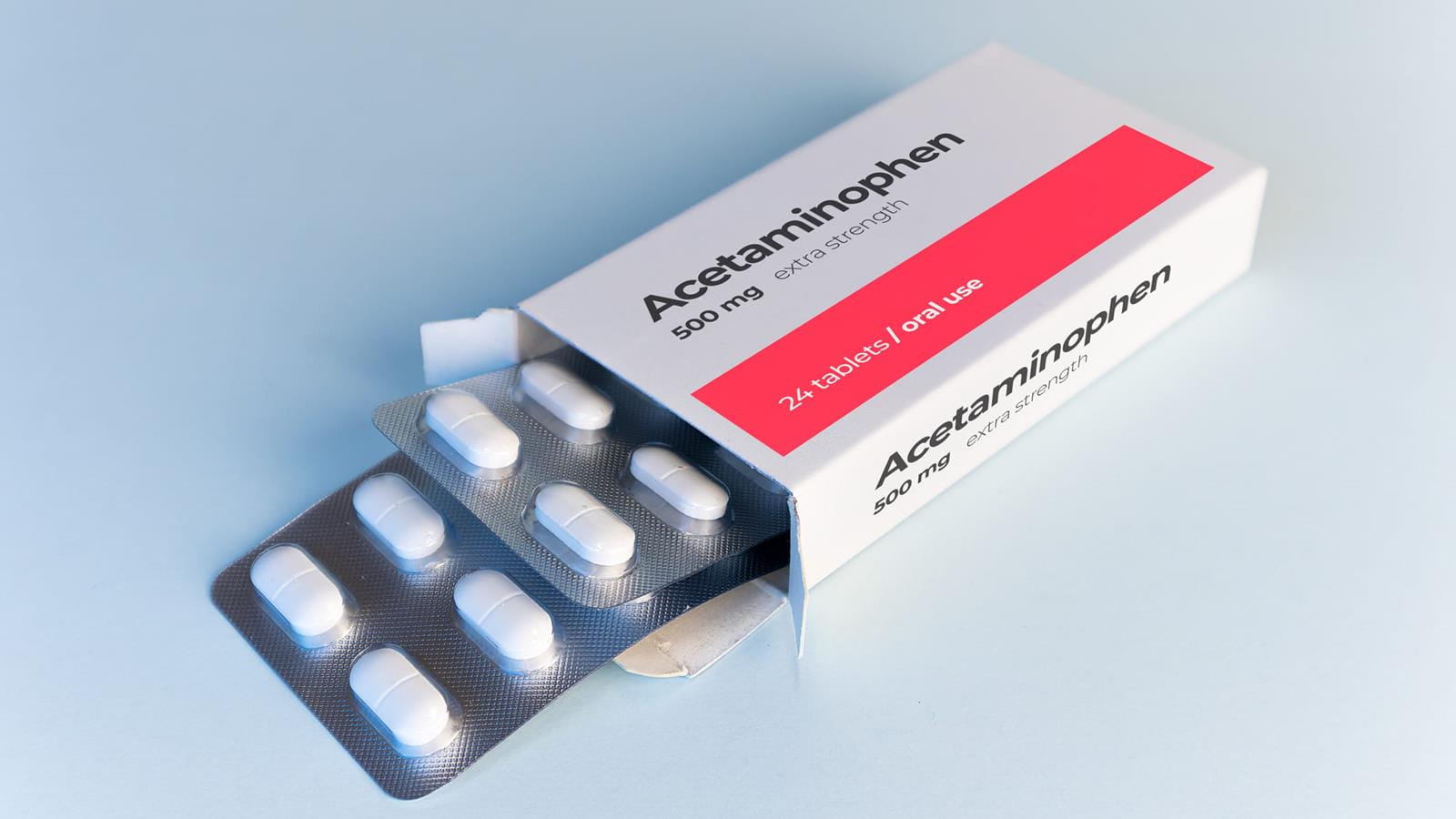
- No link between acetaminophen use during pregnancy and children's autism risk
- Drexel Recognizes Gregory E. Deavens, CPA, CGMA as Business Leader of the Year
- Through Connections and Community, Drexel Course Helps Launch Computer Lab in Tanzania
- $15 Million Gift from Howley Foundation Expands Drexel Scholarship Program for Local Graduates
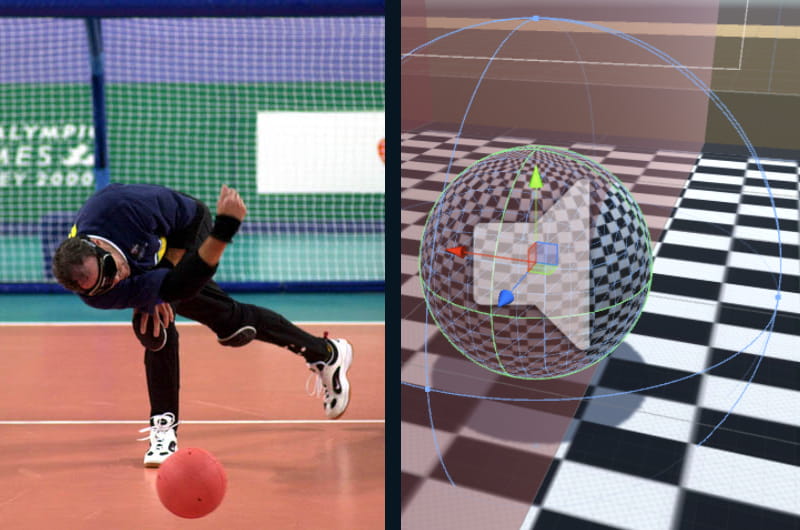
Working with students from the Overbrook School For The Blind, Drexel students adapted the Paralympic sport of goalball, which was the first sport created specifically for blind and visually impaired players, as a video game using auditory and tactile feedback.
The bounce of a ball, the jingle of a bell and the roar of the crowd — these are the sounds of goalball, the Paralympic sport of champions. Introduced to the world in the 1976 Summer Paralympics in Toronto, goalball is the first sport created for athletes with a visual impairment. Thirty years later, a group of Drexel University students are turning goalball into a video game that uses auditory and tactile feedback to capture the excitement and intensity of the sport.
As part of Drexel’s Senior Project program, nine undergraduates from the College of Computing & Informatics decided that in honor of the 30th anniversary of the sport, it was time to elevate it to the next level of competition: virtual gaming.
“Calling it a ‘video game’ is a bit of a misnomer, because there is very little video or visual interactivity involved — which is what makes this undertaking so unique and challenging,” said Jeffrey Salvage, a teaching professor in the College of Computing & Informatics and the group’s advisor. “These students are really cutting a new trail when it comes to game development. They’re taking a sport that was invented exclusively for people with a visual impairment and turning it into a game, intended for visually impaired players, that is every bit as entertaining and competitive.”
Before they began building the game, the students enlisted the help of avid goalball players from the nearby Overbrook School for the Blind. Overbrook is a K-12 school that has been in operation in West Philadelphia since the 1830s and has been one of Drexel’s community partners for the last handful of years. Students from the school have also worked with Drexel computer science students to develop of accessible app interfaces for mobile devices.
“The team set out to create a game with a purpose – we didn’t feel there was much value in building the next first-person shooter game,” said TJ Heiney, the team’s project manager. “We spent a lot of time working with the kids from Overbrook to design this game. The focus of the project was to create a digital game which was as much fun as playing a physical game of goalball. We incorporated feedback from the kids in every aspect of the game, especially the sound cues and tactile elements.”
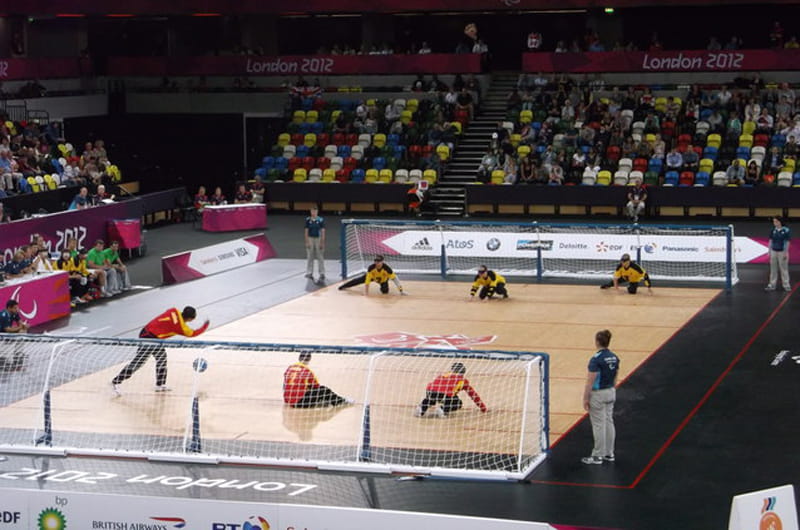
The sport of goalball pits three-person teams against each other on opposite sides of an 18-meter court. Each team is defending a 1.3-meter-high goal that spans the nine-meter width of the court. Players take turns throwing or rolling a 24-centimeter diameter ball equipped with noise bells on the inside, at their opponent’s goal. The ball must touch two zones in the middle of the court, either by bouncing or rolling through them – so opponents have an opportunity to hear where it is coming from so they can move to make a save. Skilled players can hurl the ball with enough spin and velocity to make the ball bounce just once in each zone before whizzing into the goal. Defenders in goal ball will often dive sideways on the floor to block or deflect a shot, much like a soccer goalie or hockey defender would react to prevent a goal.
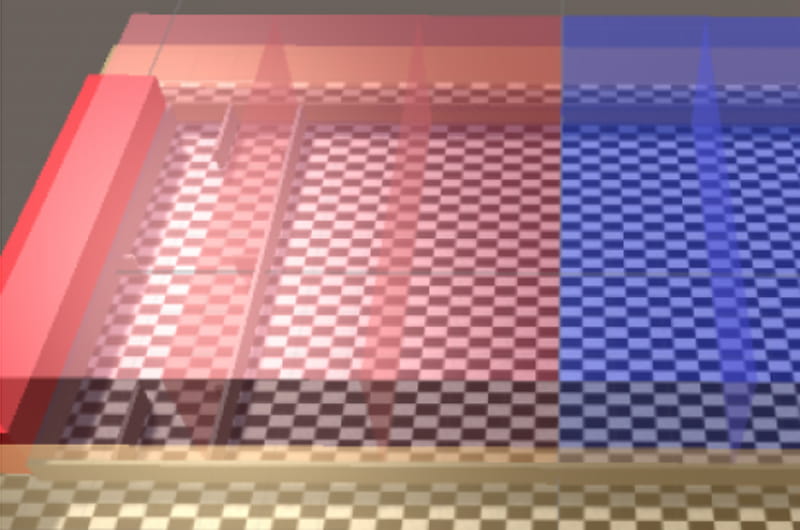
To recreate the sounds of an actual goalball match, two of the students took a goalball into Drexel’s recording studio and played what amounted to a one-on-one game, while recording every bounce, block and bell.
“We spent quite a bit of time in the sound studio, trying to get every possible sound that would happen during a game,” said Colton Terrace, the team’s sound and game-play designer. “It was important to capture the sounds in stereo because that’s the best source of sensory input for the players, so it needs to be as sharp and true-to-life as possible.”
Building out the computer interface of the game required creating a basic visual goalball court environment for the sighted programmers to work with.
The student designers opted to use a standard Xbox controller as the user interface because it’s one that many video gamers are already familiar with, and it allows for a touch-based interaction with the game because of its vibration capability.
“We use the vibration of the controller as haptic feedback for the players,” said John Frankel, the group’s technical lead. “One vibration lets them know they’re at the edge of the court, another lets them feel the ball when they’re picking it up or making a save. The controller also lets the player dodge, dive and spin to make saves and control the motion of the ball as they throw it.”

Users play the game with a set of headphones, so they can get a high-definition feel for the virtual court. Using the sounds, as they would during a real game, they react to the bounce of the ball and the shuffling of their opponents to make a save or find an opening to score a goal.
“The students were with us every step of the way, Heiney said. “We made sure to present the game to them as often as we could to get feedback. Every member of our team wanted the game to be as accessible as possible and as realistic as possible, so we worked hard to include many of then nuances that the players of the physical game would be familiar with.”
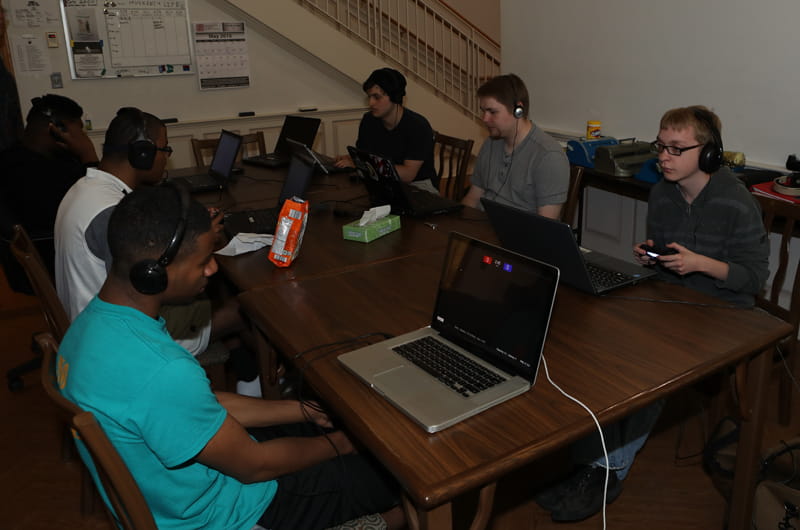
After months of work on developing and refining the game, Drexel’s group rolled out a beta version in late winter, with exciting returns from the Overbrook students who played it.
“They really enjoyed it, and immediately recognized how to play the game,” Frankel said. “The games became competitive very quickly, and we saw a range of skill levels but each user adjusting to gameplay and improving the more they played — which is what you like to see as a game designer.”
As in an actual goalball match, up to six players can play the game at once, with each connecting to a networked game from their computers. When the first version of the game is finalized, the students plan to host a local copy on Drexel’s server so that users can access it remotely and set up their own competitions.
“The work these students have done in just a year is quite impressive,” Salvage said. “They’ve made a game that is fun to play and true to the sport. We have plans to continue to improve the game experience and user interface and to reach out to other groups of goalball players to get more people playing the game.”
Drexel News is produced by
University Marketing and Communications.